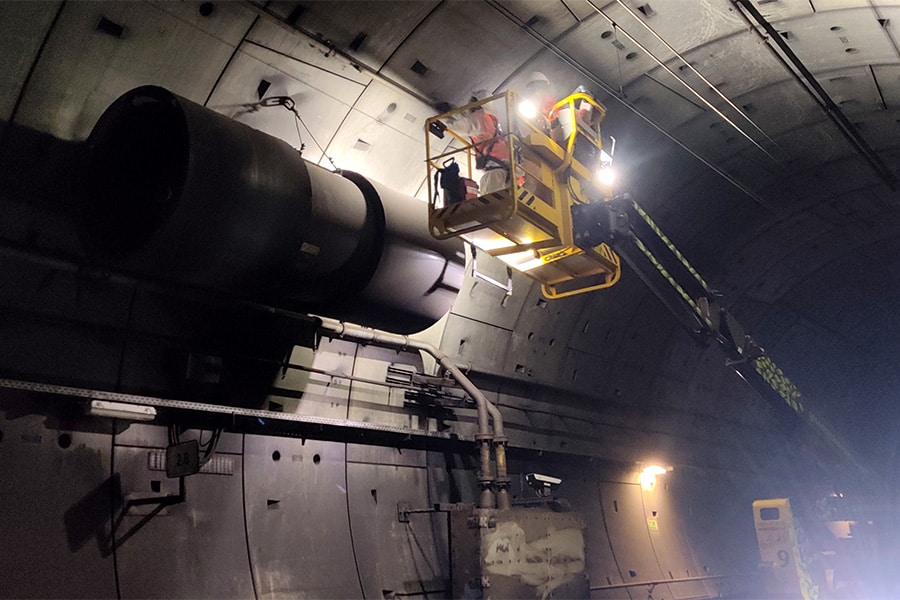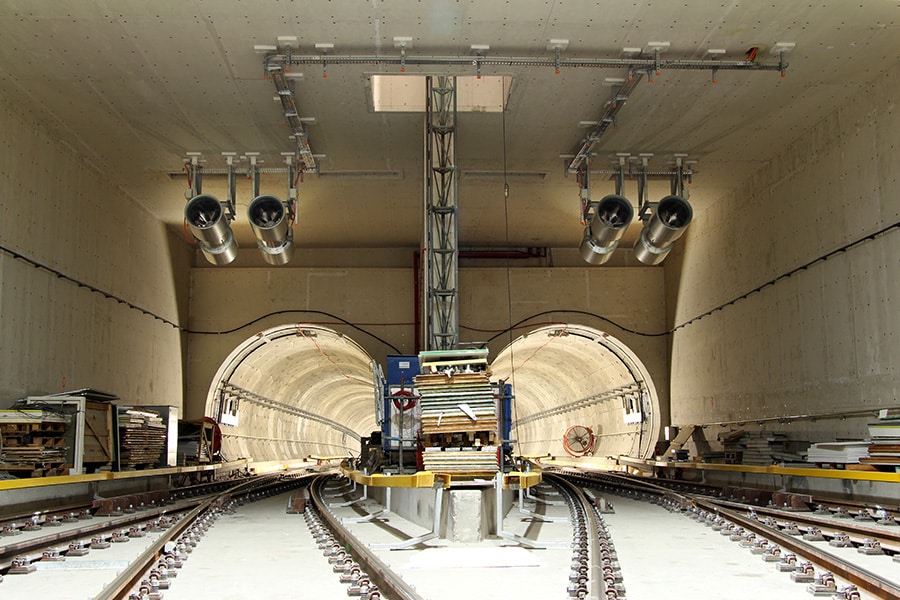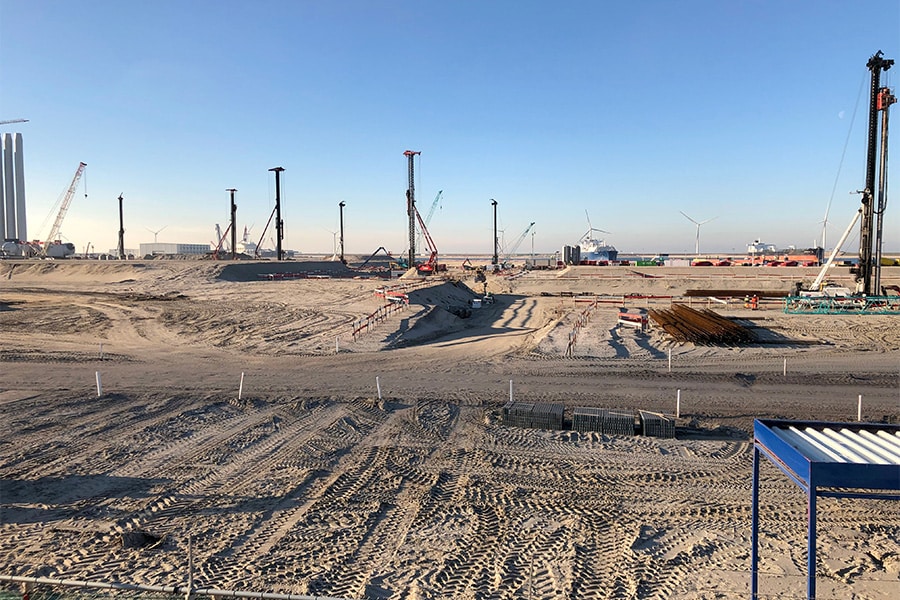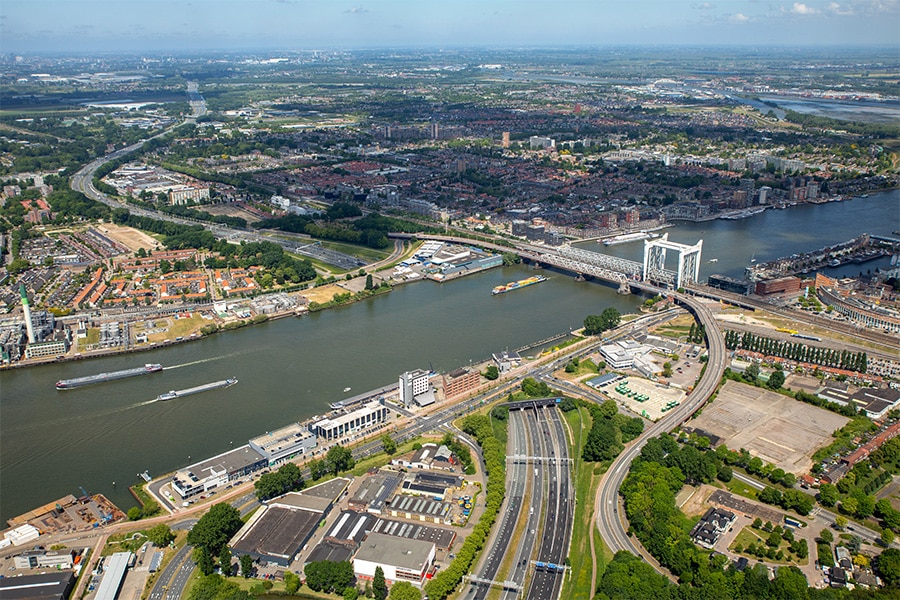
BIM for infrastructure construction projects
Improve collaboration and minimize failure costs
Infrastructure and civil projects are still under high pressure. We see lower budgets at provinces and municipalities and more and more has to be produced in less and less time. In addition to lower budgets, there are also higher qualitative expectations of the living environment. In practice, these challenges are often solved by issuing innovative tenders, or by Public Private Partnerships (PPPs), for example. These forms of contract demand quite a lot from the executing party. After all, that party is primarily responsible from A to Z for correct execution within time and budget.
We are also increasingly seeing the entire maintenance phase becoming the responsibility of the executing party. To achieve a nice return in the maintenance phase, digitization is a must. By visualizing the project and linking it to the planning, it is already possible to see in the preparatory/design phase whether everything is going as planned. This is also the phase when choices can still be made. Through the BIM model it is immediately clear how much extra work or less work a certain choice will cause and what the effect of this will be on the planning.
The BIM model is a 3D model that can be easily shared with the construction team and other stakeholders. For example, if you widen a road or move an on-ramp/exit, you can use the BIM model to demonstrate during an information meeting that this was the right choice. With the 3D BIM model, you can also compare different options at an early stage and quickly visualize the consequences of a choice. Think about the positioning of traffic lights, an extra bicycle lane or even the construction of an extra lane.
By converting the design model to an IFC BIM model, all parties can view the model and add comments directly to it. Suppliers easily extract various data from the model, such as quantities to provide a competitive quote. It is even possible to use the expertise of suppliers to offer alternatives. The model then immediately shows the consequences for planning and budget. In this way, you really involve all partners in the project and support and trust grows.
A well-constructed BIM model contains an enormous amount of knowledge, after all, all the data of each building component is available. This data gives the entire construction team more opportunities to work more efficiently. Changes can be made directly in the model and the associated drawings, including the planning. This prevents errors and ensures efficiency in the call-off of building materials. For the entire construction industry, raw materials are increasingly difficult to obtain. The BIM model can indicate where these scarce raw materials are located and then the software provides additional monitoring and dashboarding throughout the construction process. So that means no more unnecessary delays.
In infrastructure construction projects, failure costs are still between 5 and 10 percent. The main reason for this is miscommunication and too many different data sources. By working with BIM, any construction errors and other risks can be identified at an early stage. Thanks to a link with the planning, all materials are present at the construction site on time and therefore there are no unnecessary delays.
By working in BIM from the very first phase, you reap the benefits, both literally and figuratively, during the maintenance phase. The entire history and documentation is linked to the BIM model and this prevents unnecessary digging through external folders. Warranty certificates, certificates, specifications, documents and even completion points are easy to find in the BIM model, which can be consulted on mobile devices.
So choosing BIM software is by no means easy and has a major impact on your organization. We also see this with our customers who choose Thinkproject. As Thinkproject's sales manager, I am of course a bit biased. Nevertheless, if you find that my considerations were valuable to you, feel free to let me know.



